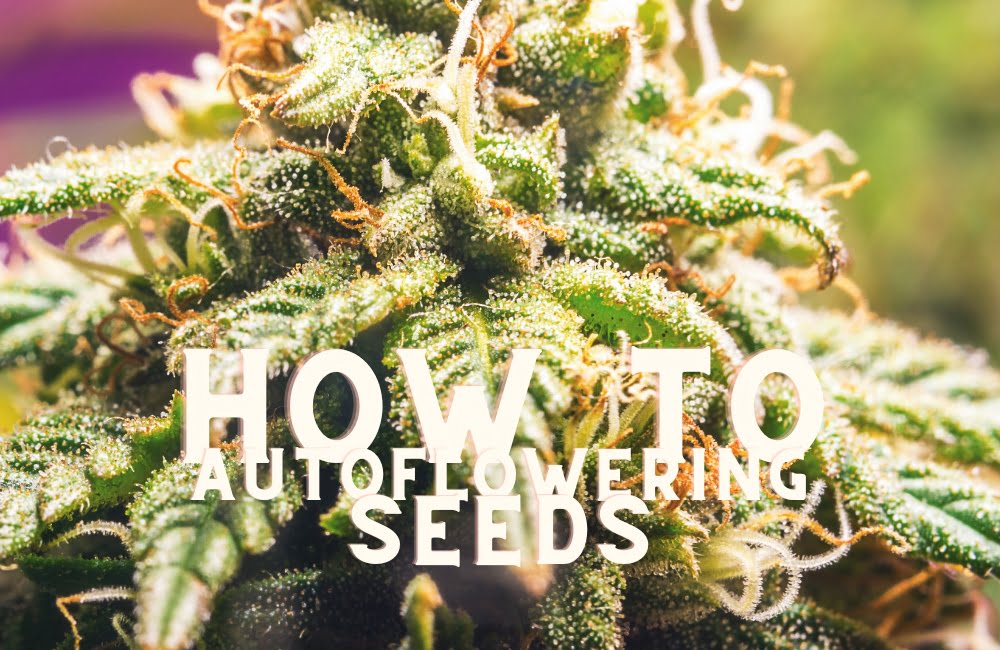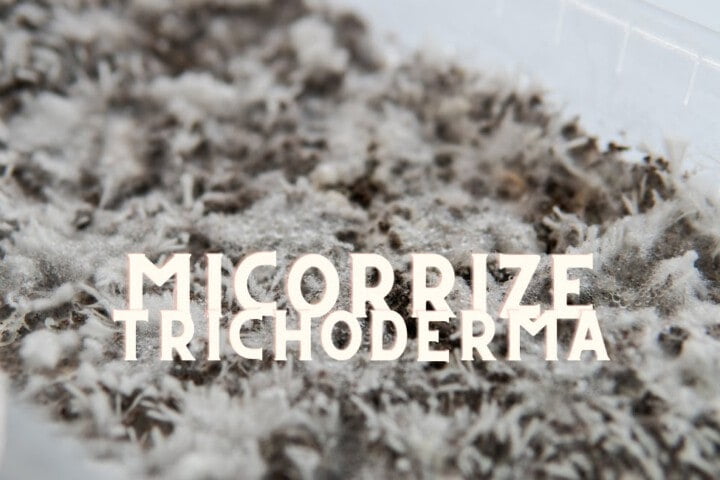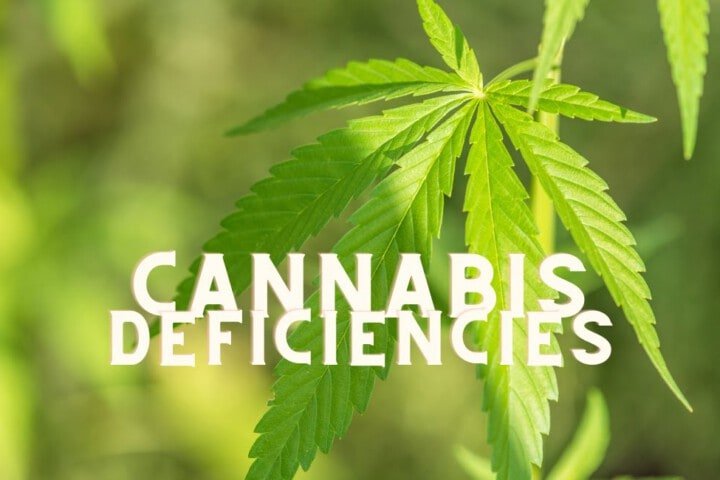Guide to Creating Autoflowering Cannabis Seeds
Welcome everyone to this new manual from our blog on How to Create Autoflowering Cannabis Seeds! After seeing the Guide to create Feminized Cannabis seeds, fasten your seatbelts for this new guide by Annibale Seedshop!
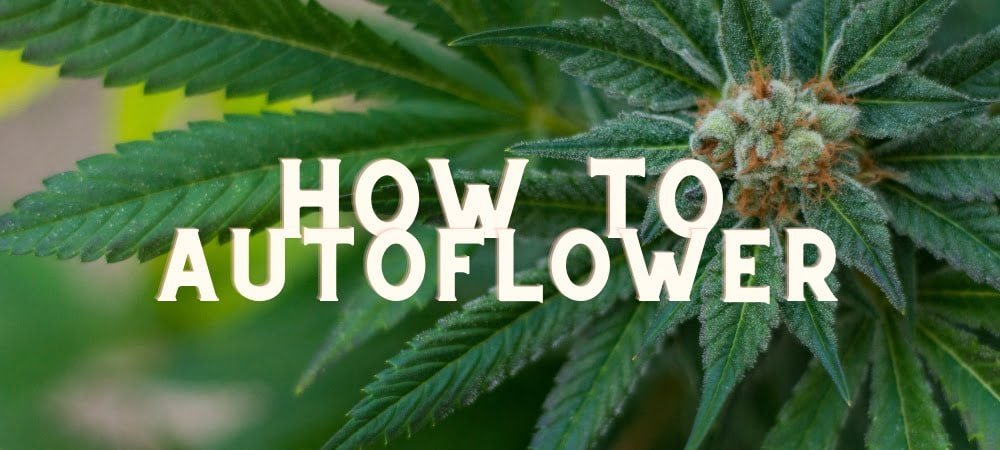
Introduction to the creation of Autoflowering Marijuana seeds
Autoflowering cannabis seeds are a form of cannabis seeds that automatically transition from the vegetative stage to the flowering stage without the need for a precise light cycle. These seeds have been a real revolution in the cannabis growing industry, offering significant advantages over traditional photoperiod seeds.
This article provides an in-depth description of automatic cannabis seeds, their history, the benefits of using them over photoperiod seeds, and a practical guide on how to create autoflowering cannabis seeds from another auto strain.
History of Autoflowering Cannabis Seeds:
Autoflowering cannabis seeds were first developed in the 1990s by a Dutch pioneer named Neville Schoenmakers. Schoenmakers began experimenting by crossing strains of cannabis ruderalis, a subspecies of cannabis that grows in northern regions with short summers and long daylight days.
He combined these strains with indica and sativa cannabis strains to create plants that flower automatically without the need for a precise light cycle.
Benefits of Autoflowering Cannabis Seeds:
Autoflowering cannabis seeds offer several advantages over traditional photoperiod seeds. Here are some of the most significant benefits:
- Fast Life Cycle: Autoflowering plants complete their growth and flowering cycle in a much shorter time than photoperiod strains. This means you can get more frequent harvests per year.
- Ease of Growing: Autoflowering plants are easier to grow than photoperiod strains. They are less sensitive to changes in light and require less attention and intervention from the grower.
- Environmental Adaptability: Autoflowering plants are able to adapt to a wide range of environmental conditions. They can thrive in both indoor and outdoor crops and are resistant to colder temperatures.
- Smaller Size: Autoflowering plants tend to be more compact and smaller in size than photoperiod strains. This makes them ideal for growing indoors or in limited spaces.
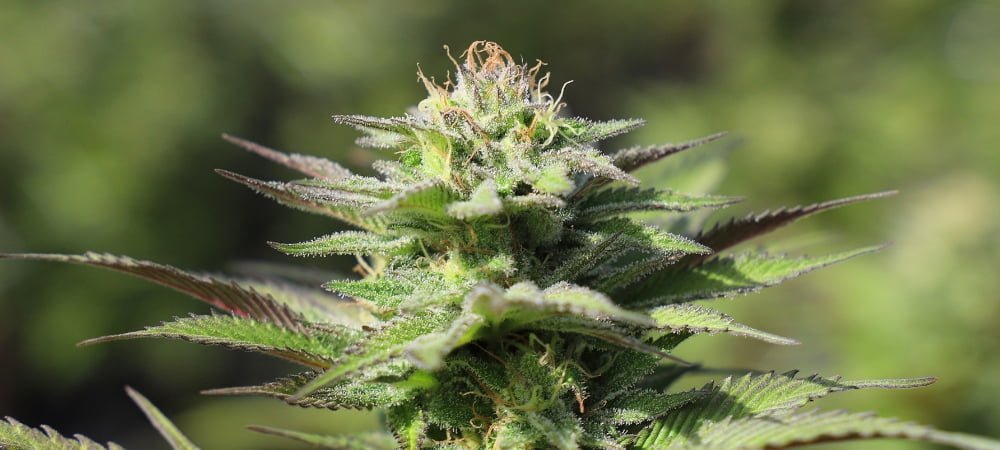
Guide to Creating Autoflowering Cannabis Seeds from Another Autoflowering Strain:
Creating autoflowering cannabis seeds from another autoflowering strain requires knowledge of advanced growing techniques and can be a complex process. Below is a general guide on how to create autoflowering cannabis seeds from an already autoflowering strain:
- Select an Autoflowering Strain: Choose an autoflowering cannabis strain that you want to create seeds from. Make sure the mother plant is healthy and of high quality.
- Controlled Pollination: Isolate the autoflowering mother plant to avoid pollination from other plants. You can use a pollen curtain or other insulation methods.
- Pollen Harvest: Collect pollen from the selected autoflowering male parent plant. You can do this by using a soft brush or paper bag to collect pollen from male flowers.
- Female Plant Pollination: Use collected pollen to pollinate a female plant of the same autoflowering strain or a compatible strain. Make sure you only cover a few buds to avoid unwanted fertilization of other plants.
- Seed Collection and Storage: After pollination, female plants will produce autoflowering seeds. Allow the seeds to fully develop and harvest them carefully. Store seeds in a cool, dry environment until sowing time.
- Trial and Selection: When planting your seeds, watch the plants develop. Select the most vigorous, healthy autoflowering plants with the desired characteristics as parents for future generations of autoflowering seeds.
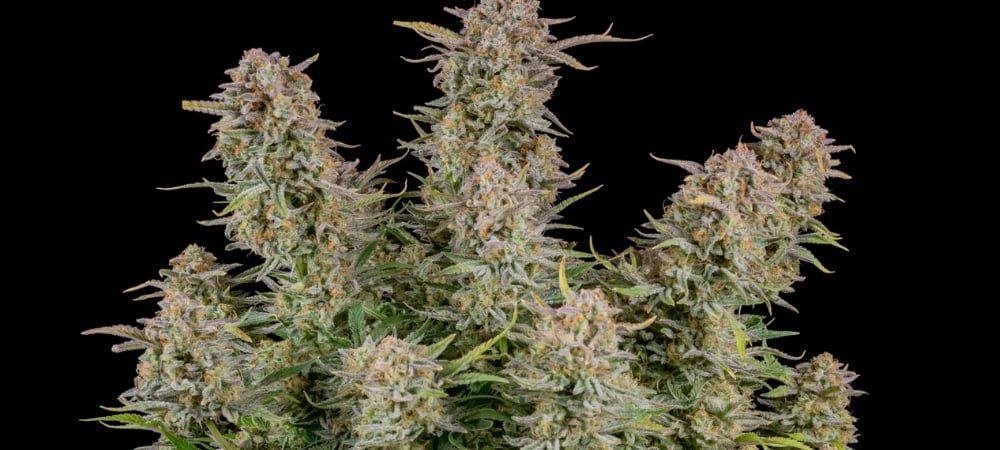
Guide to Creating Autoflowering Cannabis Seeds from a Photoperiod Strain:
Creating your own autoflowering cannabis seeds from a photoperiod strain takes a lot of patience, time, space, money, and a solid genetic stabilization process. By carefully following this guide, you will be able to successfully breed genetics and obtain high quality autoflowering seeds.
Experiment and refine the process over successive generations to achieve long-lasting genetic stability. Good luck in your adventure in creating autoflowering cannabis seeds!
- Understanding the Recessive Autoflowering Gene: In order to create autoflowering cannabis seeds from a photoperiod strain, it is essential to understand that the autoflowering gene is recessive. This means that, in the first generation (F1) of the hybrid seeds, the autoflowering traits may not be evident. They will only be visible in the second generation (F2) of the suits.
- Selecting the Photoperiod Mother Plant: The first step in creating autoflowering seeds is to select a high quality photoperiod mother plant that you wish to transform. Make sure the mother plant is healthy, vigorous and represents the characteristics you wish to pass on to the offspring.
- Hybridization with an Autoflowering Ruderalis Plant: The next step is to cross the photoperiod mother plant with an autoflowering ruderalis plant. The ruderalis plant will bestow the autoflowering genes on the offspring. Choose an autoflowering ruderalis plant that has the desired characteristics, such as automatic flowering and resistance.
- Collecting and Storing Pollen: When plants reach the flowering stage, pollen can be collected from the male autoflowering ruderalis plant and stored in a clean container. Label the container correctly to identify the pollen strain.
- Pollination of the Photoperiod Mother Plant: Once the photoperiod mother plant has developed healthy pistils, you can gently pollinate it using stored pollen from the autoflowering ruderalis plant. Make sure pollination is uniform and complete.
- Harvesting and Growing Second Generation of Seeds: After pollination, let the photoperiod mother plant develop seeds. Harvest them when ripe, let them dry at room temperature and start a growing cycle again with these new F1 seeds.
Only seeds from the second generation (F2) will contain recessive autoflowering genes, therefore F1 hybrid plants will need to be pollinated again (choose a good male and female with the desired traits). Collect the mature F2 seeds, dry them and store them properly.
- Creation of Autoflowering (F3) Seeds: To stabilize autoflowering traits in the third generation of seeds (F3), ONLY select plants with F2 autoflowering traits that exhibit the desired genetic traits. Grow these plants, allowing them to produce F3 autoflowering seeds.
- Stabilization of Autoflowering Seeds (F4): Now that all your seeds will express their ruderalis influence and will be automatic, you will have to take the best specimens between male and female and cross them again. The more the progeny continues (f5, f6, etc.), the more the desired characters will stabilize, however increasing the risk of genetic diseases from consanguinity (hermaphroditism, genetic defects, etc.). You can reduce the risk by including a third strain of cannabis (possibly already autoflowering, so you don’t have to repeat the whole process).
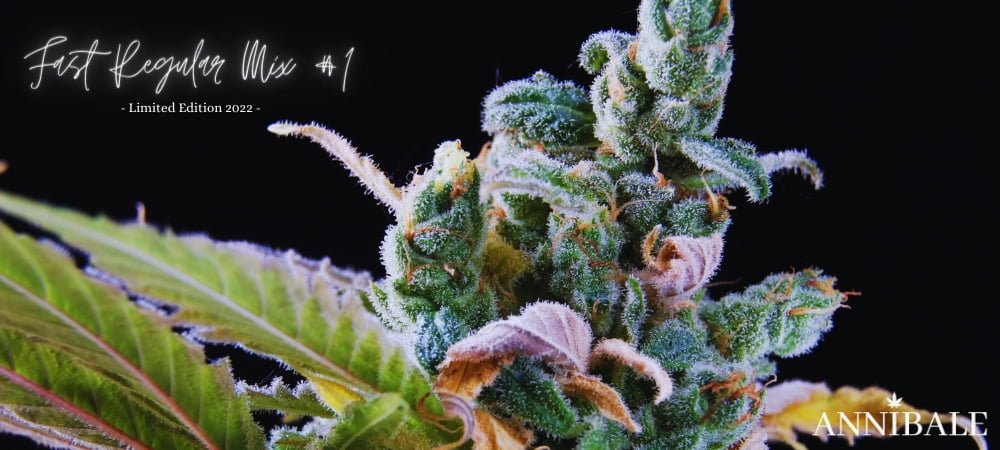
Conclusions…
Autoflowering cannabis seeds have revolutionized the cannabis growing industry, offering significant benefits to growers. Their history first dates back to the 1970s in Siberia and Eastern Europe.
The famous Russian hybridizer Lowryder is considered one of the pioneers in the creation of these autoflowering varieties. In the following years, the 90s, Neville Schoenmakers developed the first autoflowering varieties. These seeds offer a fast life cycle, ease of cultivation, environmental adaptability and small size.
You now know how to create autoflowering cannabis seeds from another autoflowering, and how to create autoflowering marijuana seeds from a photoperiod strain.
And this manual on How to correctly create autoflowering cannabis seeds comes to an end, hoping to have been of help to you, see you in the next article!
Greetings from the Annibale Seedshop Team!
Davide V, CEO, Founder & Geneticist


